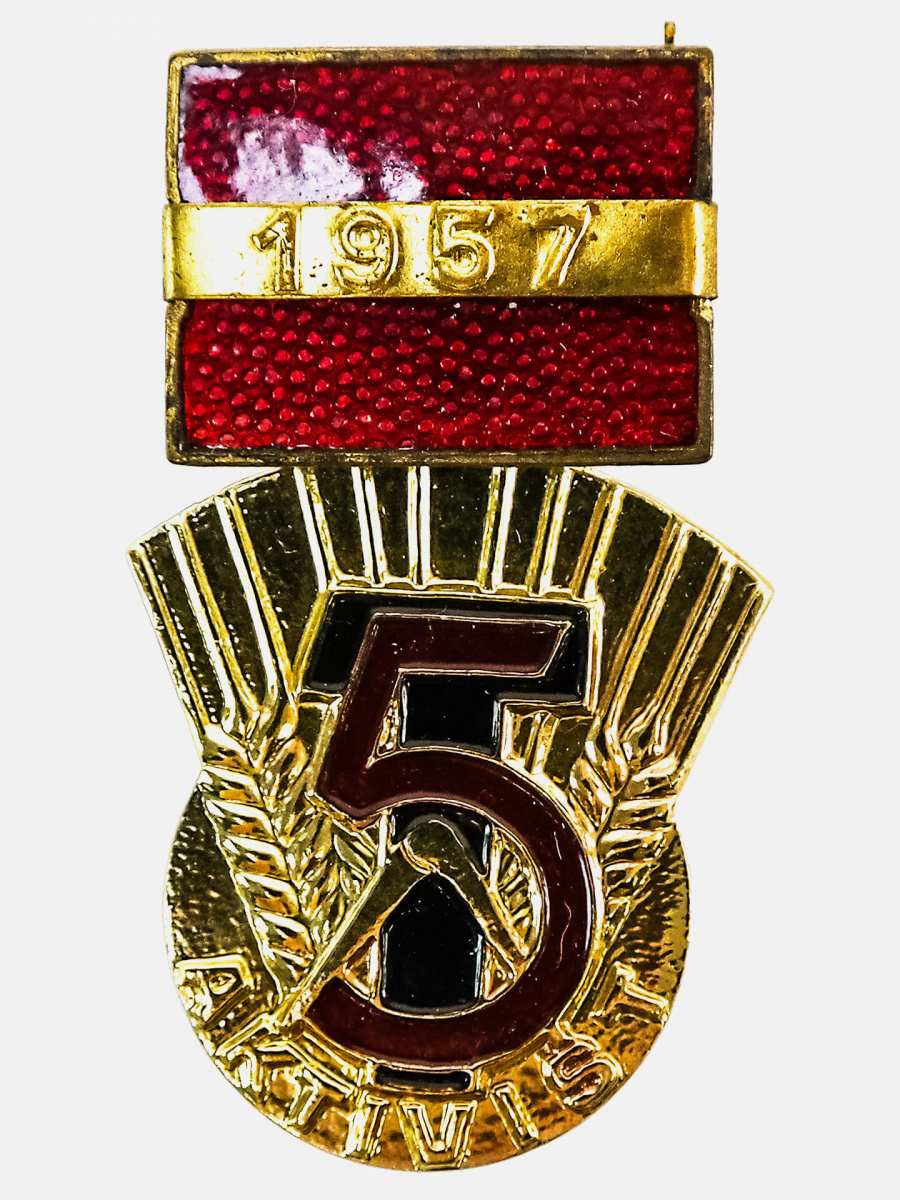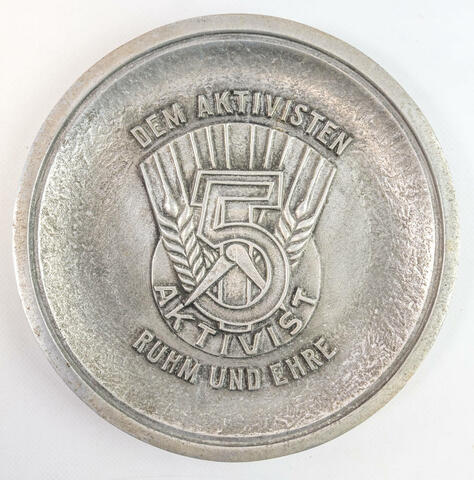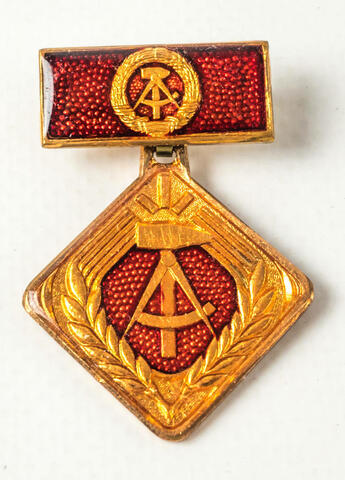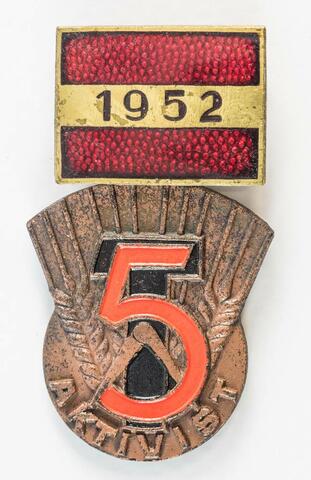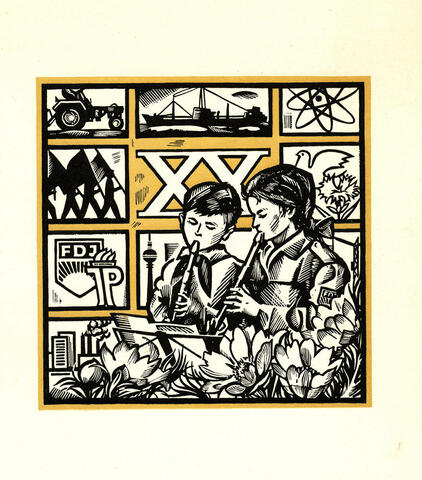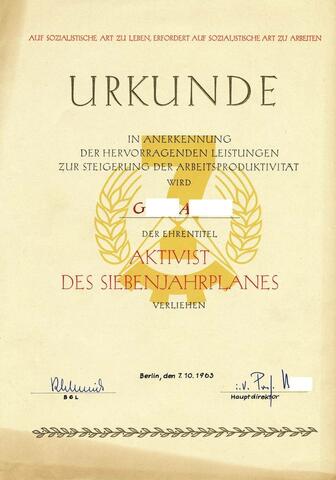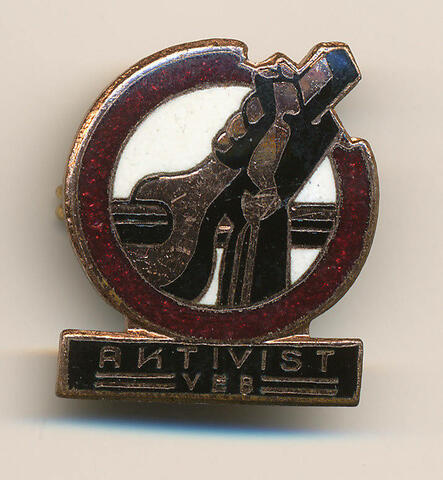GDR History
The Activist Movement in the GDR
(5 Feb 2015)
To increase the productivity of industry and the economy in the early years after the war, the state had to implement an unusual, alternative strategy. Due to war damage and the dismantling of industry, many factories had lost much of their substance. Many workers, mainly male, were still prisoners of war. The possibility of Soviet occupiers investing generously into East German infrastructure was also out of the question, so the state’s only option was to make the most out of available resources. The Soviet Stakhanov movement of the 1930s served as a model for increasing productivity without having to make large investments. On 31 August 1935, the miner Alexei Grigorievich Stakhanov exceeded the valid labour standard by 1457% in one shift whilst working in a Russian mine and was subsequently awarded the title “Hero of Socialist Labour”.
Adolf Hennecke - a role model for increasing productivity
On 13 October 1948, the then 43-year-old miner Adolf Hennecke produced 24.4 cubic metres of coal during his shift at the VEB Karl Liebknecht hard coal plant, only made possible by the preparations of the state to increase productivity in such areas. Thus, the usual daily standard of 6.3 cubic metres of coal was surpassed many times over. This high-performance shift by the miner was initiated by the state and triggered the Hennecke movement. Among some colleagues, however, he was criticised as a “standard breaker”, fearing that his “overfulfilment of the standard” would lead to general increases in performance expectations. Adolf Hennecke was rewarded for his shift with a cash bonus of 50 marks, 3 packs of cigarettes, 1.5 kilograms of fat allowance and a bottle of brandy. He was honoured by the state with various awards such as the Order “For Merit to the Fatherland”, the National Prize of the German Democratic Republic (First Class), and the Karl Marx Order. He no longer had to work as a simple miner and, in 1950, was given a seat in the People’s Chamber, after which he worked in the GDR’s State Planning Commission. He was a member of the Central Committee of the SED until his death in 1975.
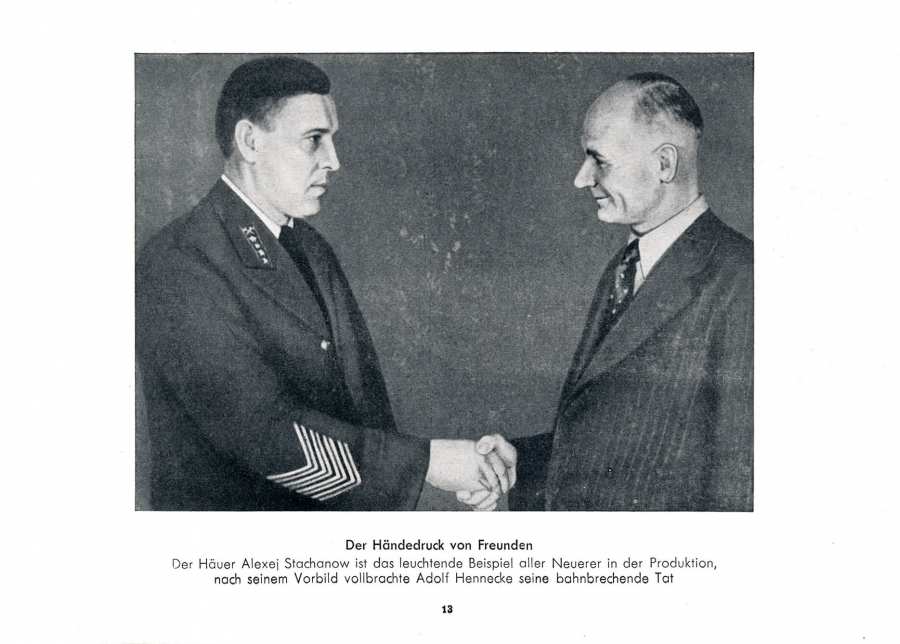
The 13 October was stylised as the “anniversary of Adolf Hennecke’s pioneering deed” in the GDR, which at this point had only existed for a few years, and was henceforth celebrated as Activists’ Day. On the first anniversary in October 1949, a total of 25,000 activists and innovators were awarded medals and cash prizes by the FDGB (Free German Trade Union Federation). Here are two objects from our collection related to this event.
“Glory to our Activists” Poster
This poster from our collection dates from the early days of the activist movement and depicts a middle-aged man carrying a red flag. The picture corresponds to the self-image and propagated art style of “Socialist Realism” according to the Soviet model. The words “Siegerbetrieb” (winning company) can be seen on the upper edge of the flag and the words “im Wettbewerb” (in competition) on the lower edge. On the left side of the man’s work jacket and positioned at chest level is the medal “Activist of the Five-Year Plan”. The slogan “Glory to our Activists” corresponds to the characteristic style of the early post-war period. Below the slogan is the date 13 October 1951, the third day of the activists. The symbol of the FDGB is depicted in the centre below the slogan. The banner with the motto and date is flanked by two ears of corn.
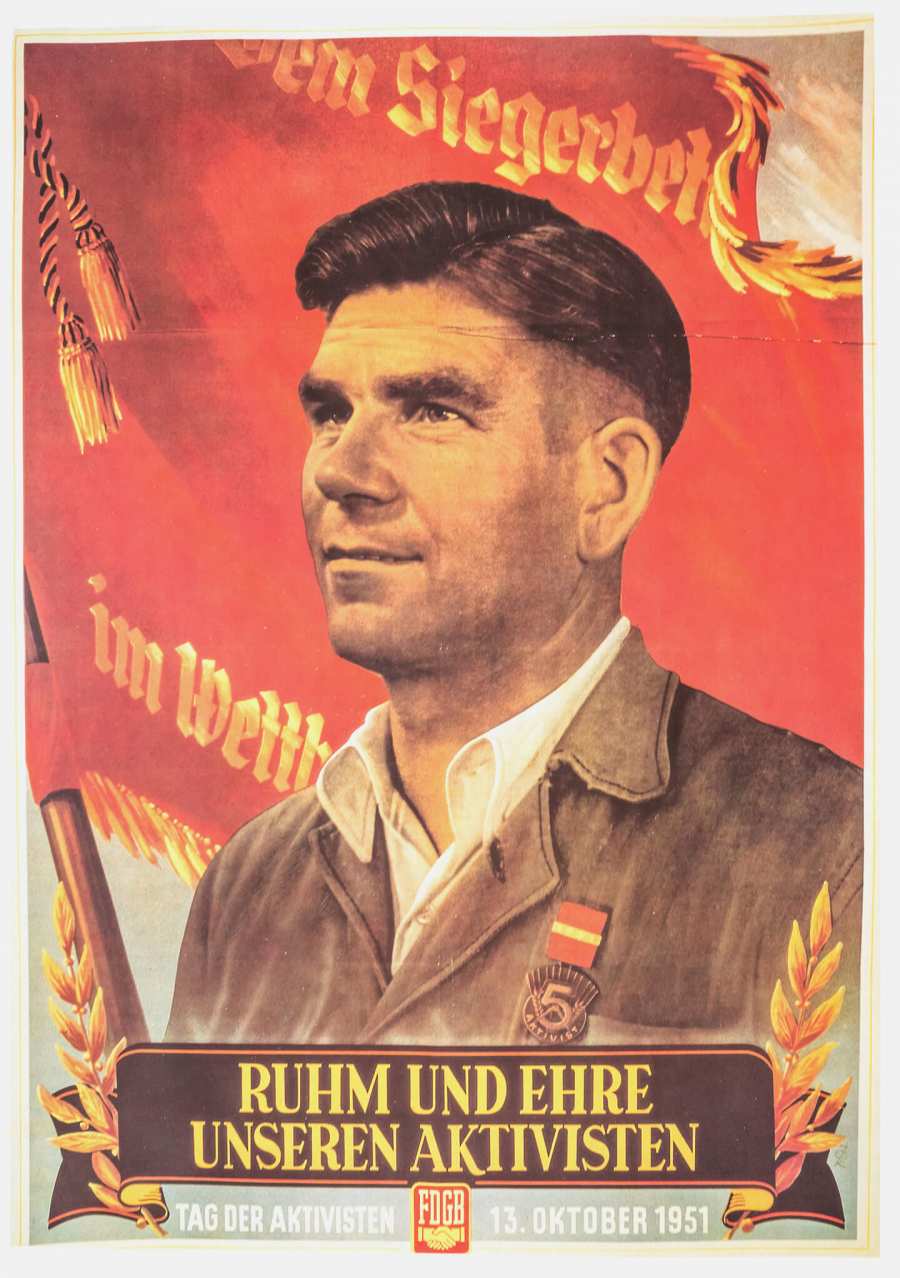
In addition to the mural of the activist movement, we would like to present the medal “Activist of the Five-Year Plan” from 1955. A slightly modified form of the medal is also worn by the activist on the poster presented above. The medal shows a large number five in the centre. In the background are the hammer and compass flanked by 2 ears of corn. The word “Activist” is written underneath in capital letters. On the back of the medal is the inscription “To live in a socialist way requires one to work in a socialist way”. The upper clasp of the medal contains the year of the award.
